Want a Shady Paradise, Could Use Advice
leslie_MA
19 years ago
Related Stories

DECORATING GUIDES10 Design Tips Learned From the Worst Advice Ever
If these Houzzers’ tales don’t bolster the courage of your design convictions, nothing will
Full Story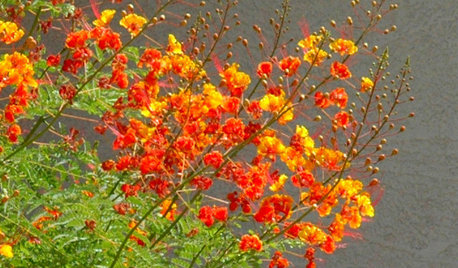
GARDENING FOR BUTTERFLIESGreat Design Plant: Red Bird-of-Paradise Soars With Color
Fiery bursts of red-orange flowers bring hot summer gardens to life, while this shrub's drought tolerance keeps the living easy
Full Story
GARDENING AND LANDSCAPINGHow to Make a Pond
You can make an outdoor fish paradise of your own, for less than you might think. But you'll need this expert design wisdom
Full Story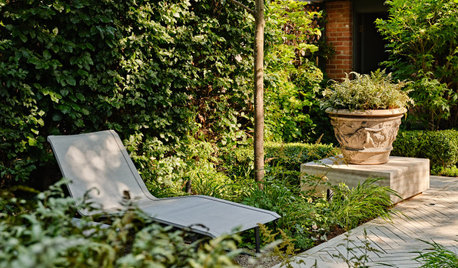
LANDSCAPE DESIGNHow to Create a Beautiful Shade Garden
Turn the cool, shady spot in your garden into your own quiet oasis
Full Story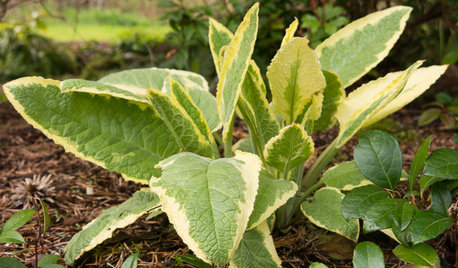
GARDENING GUIDESGreat Design Plant: Axminster Gold Comfrey for Sun or Shade
Plant this perennial for bold color that will light up shady spots, sparkle in the sun and add interest from spring until fall
Full Story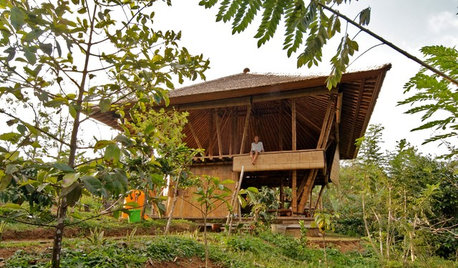
MOST POPULARMy Houzz: Open-Air Living in the Mountains of Bali
Community, jaw-dropping beauty and sustainability come together in a tropical paradise for a London expat
Full Story
GARDENING AND LANDSCAPINGLay of the Landscape: Tropical Garden Style
Create a vacation paradise in your backyard even if temperatures sometimes dip with these guidelines for tropical-style gardens
Full Story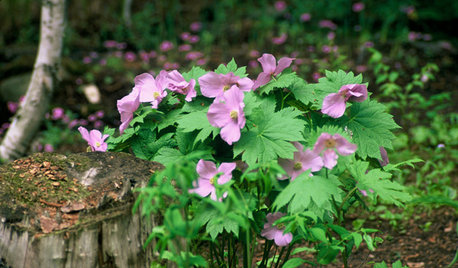
GARDENING GUIDES7 Shade-Loving Rarities of the Plant World
Cultivate a discriminating air in a shady garden patch with these uncommon woodland wonders
Full Story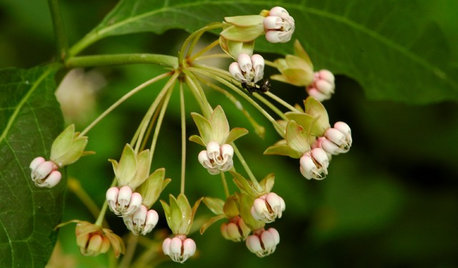
GARDENING GUIDES5 Unsung Wildflowers That Thrive in Dry Shade
Turn shady problem spots into garden idylls with with these prolific, easy-care bloomers
Full Story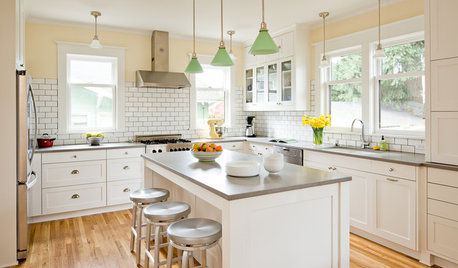
MOVINGThe All-in-One-Place Guide to Selling Your Home and Moving
Stay organized with this advice on what to do when you change homes
Full StorySponsored
Columbus Area's Luxury Design Build Firm | 17x Best of Houzz Winner!






leslie_MAOriginal Author
ericspoo
Related Professionals
Cary Landscape Architects & Landscape Designers · Kyle Landscape Architects & Landscape Designers · Jackson Landscape Contractors · Canyon Lake Landscape Contractors · Chesapeake Ranch Estates Landscape Contractors · Desert Hot Springs Landscape Contractors · Forest Hills Landscape Contractors · Fort Payne Landscape Contractors · Merced Landscape Contractors · Palm Beach Gardens Landscape Contractors · Thornton Landscape Contractors · East Norriton Landscape Contractors · Cooper City Swimming Pool Builders · Harvey Swimming Pool Builders · Orangevale Swimming Pool BuildersBerkshirePhyl
freebird
loniesmom
gardengal48 (PNW Z8/9)
triciae